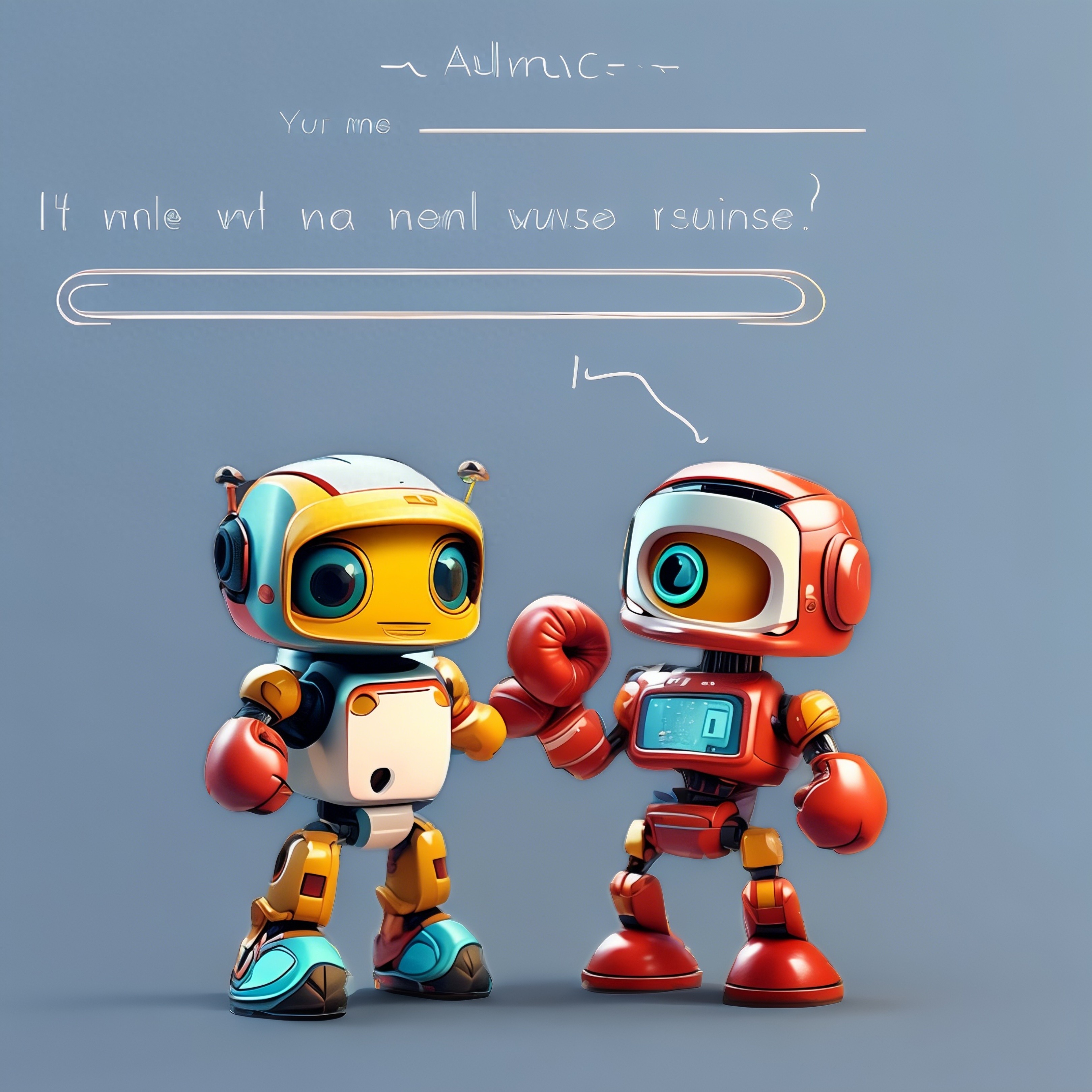Prompts 提示
A Prompt is a short text phrase that the Midjourney Bot interprets to produce an image. The Midjourney Bot breaks down the words and phrases in a prompt into smaller pieces, called tokens, that can be compared to its training data and then used to generate an image. A well-crafted prompt can help make unique and exciting images.
提示是一个简短的文本短语,由 Midjourney Bot 解释以生成图像。Midjourney Bot 会将提示中的单词和短语分解成更小的片段(称为标记),这些片段可与其训练数据进行比较,然后用于生成图像。精心制作的提示有助于生成独特而精彩的图像。Basic Prompts 基本提示
A basic prompt can be as simple as a single word, phrase or emoji
基本提示可以是简单的单词、短语或表情符号
Prompting Tip! 提示技巧
The Midjourney Bot works best with simple, short sentences that describe what you want to see. Avoid long lists of requests. Instead of: Show me a picture of lots of blooming California poppies, make them bright, vibrant orange, and draw them in an illustrated style with colored pencils Try: Bright orange California poppies drawn with colored pencilsMidjourney Bot 最好使用简单、简短的句子来描述您想看到的内容。避免冗长的请求列表。不要用:给我看一张盛开的加州罂粟花的图片,把它们画成鲜艳明亮的橙色,并用彩色铅笔绘制成插图风格 试试看:用彩色铅笔画出明亮的橙色加州罂粟花
Advanced Prompts 高级提示
More advanced prompts can include one or more image URLs, multiple text phrases, and one or more parameters
更高级的提示可包括一个或多个图像 URL、多个文本短语以及一个或多个参数
Image Prompts
Image URLs can be added to a prompt to influence the style and content of the finished result. Image URLs always go at the front of a prompt.
图像 URL 可以添加到提示中,以影响最终结果的风格和内容。请将图像 URL 放在提示符的最前面。Prompt Text
The text description of what image you want to generate. See below for prompting information and tips. Well-written prompts help generate amazing images.
要生成图像的文字说明。有关提示信息和提示,请参阅下文。精心撰写的提示有助于生成令人惊叹的图像。Parameters
Parameters change how an image generates. Parameters can change aspect ratios, models, upscalers, and lots more. Parameters go at the end of the prompt.
参数可改变图像的生成方式。参数可以改变长宽比、模型、升频器等。参数位于提示符的末尾。Prompting Notes 提示说明
Prompt Length 提示长度
Prompts can be very simple. Single words (or even an emoji!) will produce an image. Very short prompts will rely heavily on Midjourney’s default style, so a more descriptive prompt is better for a unique look. However, super-long prompts aren’t always better. Concentrate on the main concepts you want to create.
提示可以非常简单。一个单词(甚至一个表情符号!)就能生成一幅图像。非常简短的提示会严重依赖于 Midjourney 的默认风格,因此描述性更强的提示更适合独特的图像。不过,超长的提示也不总是更好的。请专注于你想要创作的主要概念。Grammar 语法
The Midjourney Bot does not understand grammar, sentence structure, or words like humans. Word choice also matters. More specific synonyms work better in many circumstances.
Instead of big, try gigantic, enormous, or immense. Remove words when possible. Fewer words mean each word has a more powerful influence. Use commas, brackets, and hyphens to help organize your thoughts, but know the Midjourney Bot will not reliably interpret them. The Midjourney Bot does not consider capitalization.Midjourney 机器人无法像人类一样理解语法、句子结构或单词。选词也很重要。在很多情况下,更具体的同义词效果更好。用 gigantic、enormous 或 immense 代替 big。尽可能去掉不必要的单词。字数少意味着每个字的影响力更大。使用逗号、括号和连字符来帮助组织你的思路,但 Midjourney Bot 不能保证十分可靠地理解你的提升语句。另外,Midjourney Bot 也不考虑大小写。
Midjourney Model Version 4+ is slightly better than other models at interpreting traditional sentence structure.Midjourney Model Version 4+ 在解释传统句子结构方面比其他模型略胜一筹。
Focus on What you Want 关注你想要的
It is better to describe what you want instead of what you don’t want. If you ask for a party with “no cake,” your image will probably include a cake. If you want to ensure an object is not in the final image, try advance prompting using the –no parameter.最好描述您想要什么,而不是您不想要什么。如果您要求的是一个 “没有蛋糕 “的派对,那么您的图像很可能会包含一个蛋糕。如果您想确保最终图像中没有某个对象,请尝试使用 –no 参数进行预先提示。
Think About What Details Matter 思考哪些细节很重要
Anything left unsaid may surprise you. Be as specific or vague as you want, but anything you leave out will be randomized. Being vague is a great way to get variety, but you may not get the specific details you want.
任何未提及的内容都可能会让你大吃一惊。具体或模糊都可以,但任何遗漏都会被随机化。模糊是获得多样性的好方法,但你可能无法获得想要的具体细节。Try to be clear about any context or details that are important to you. Think about:
尽量明确任何对您来说重要的背景或细节。想一想 Subject:person, animal, character, location, object, etc.
主题:人、动物、人物、地点、物体等。 Medium:photo, painting, illustration, sculpture, doodle, tapestry, etc.
媒介:照片、绘画、插图、雕塑、涂鸦、挂毯等。 Environment:indoors, outdoors, on the moon, in Narnia, underwater, the Emerald City, etc.
环境:室内、室外、月球、纳尼亚、水下、翡翠城等。 Lighting:soft, ambient, overcast, neon, studio lights, etc
灯光:柔光、环境光、阴天光、霓虹灯、摄影棚灯光等 Color:vibrant, muted, bright, monochromatic, colorful, black and white, pastel, etc.
色彩:鲜艳、柔和、明亮、单色、多彩、黑白、粉色等。 Mood:Sedate, calm, raucous, energetic, etc.
情绪:沉着、冷静、喧闹、精力充沛等。 Composition:Portrait, headshot, closeup, birds-eye view, etc.
构图:肖像、头像、特写、鸟瞰等。Use Collective Nouns 使用集合名词
Plural words leave a lot to chance. Try specific numbers. “Three cats” is more specific than “cats.” Collective nouns also work, “flock of birds” instead of “birds.”
复数词有很多偶然性。试试具体的数字。”三只猫 “比 “猫 “更具体。集合名词也可以,用 “一群鸟 “代替 “鸟”。



